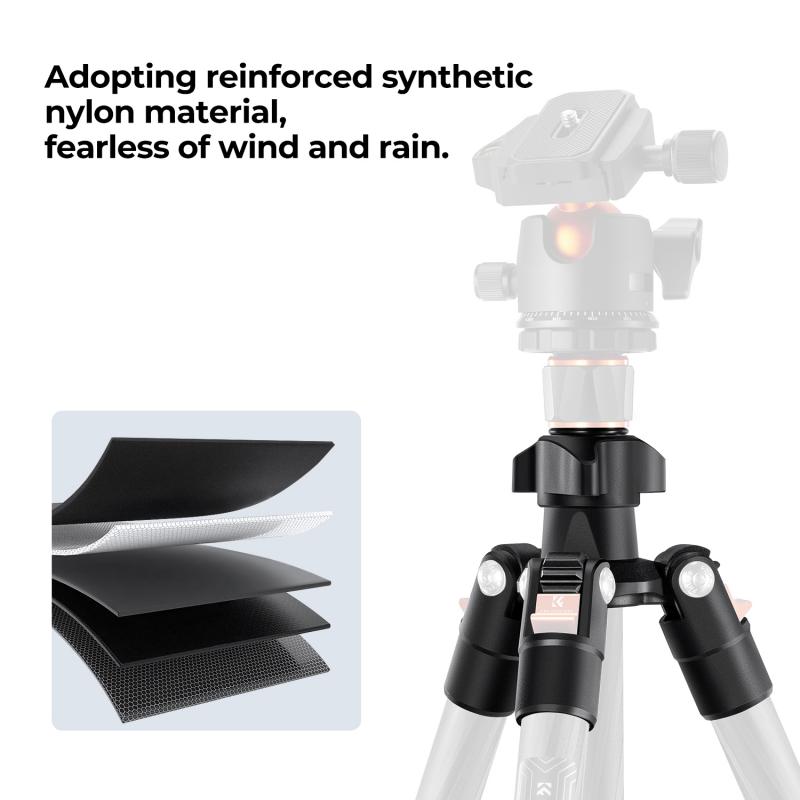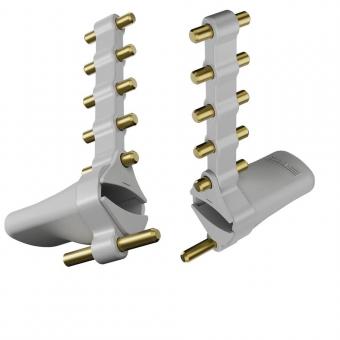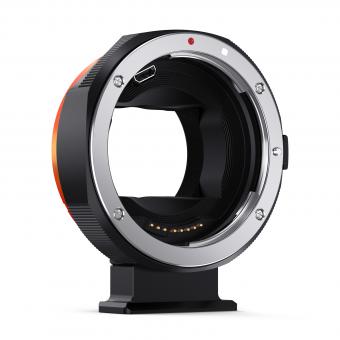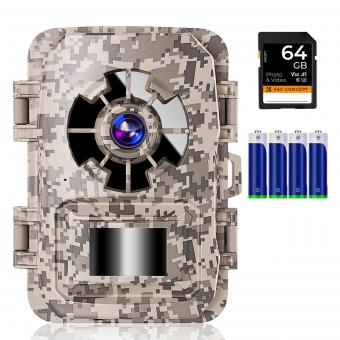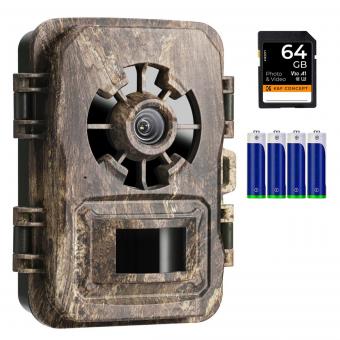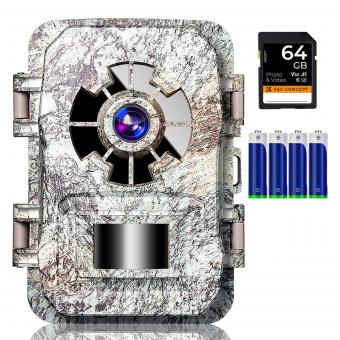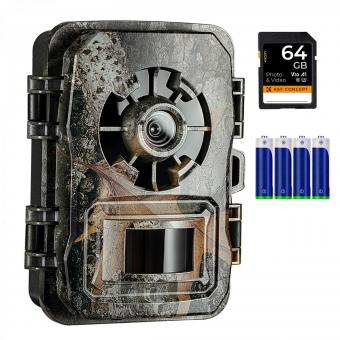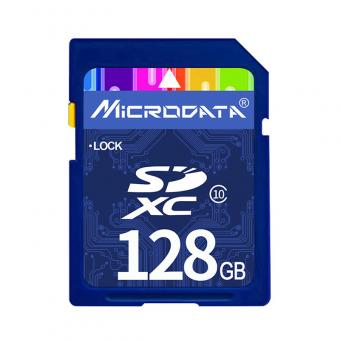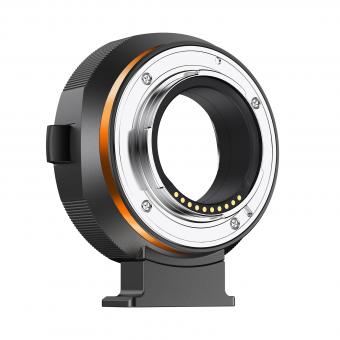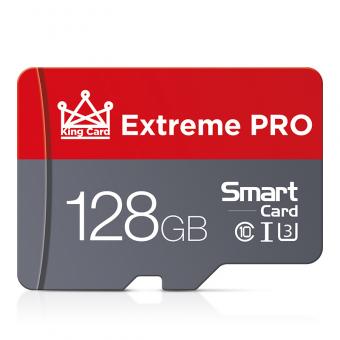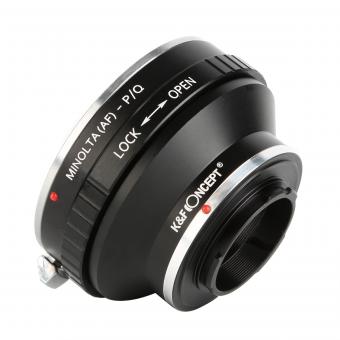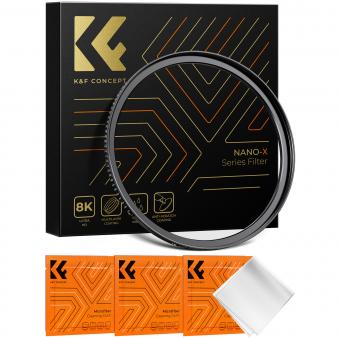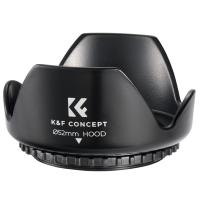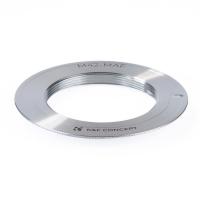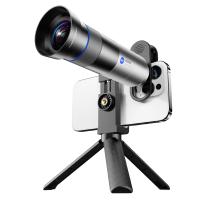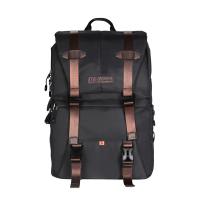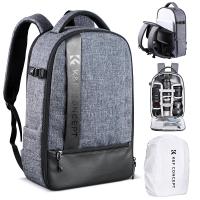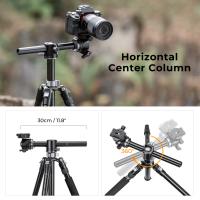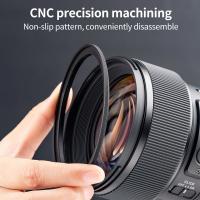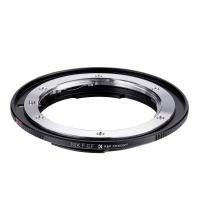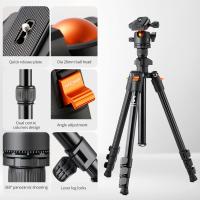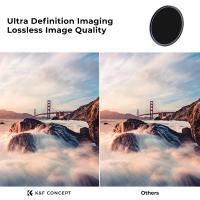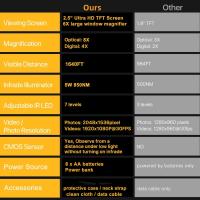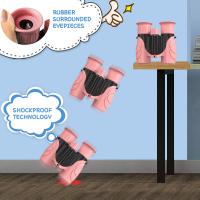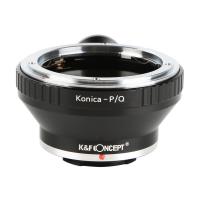What Is Speed Booster For Camera ?
A speed booster for a camera is an optical adapter that allows you to increase the effective aperture and focal length of a lens when mounted on a camera. It achieves this by reducing the focal length of the lens and increasing its maximum aperture. This results in a wider field of view and increased light gathering capabilities, which can be beneficial for low-light photography or achieving a shallower depth of field. Speed boosters are commonly used in mirrorless camera systems to adapt lenses designed for larger sensor formats, such as full-frame lenses, to be used on cameras with smaller sensors, such as APS-C or Micro Four Thirds.
1、 "Optical Image Stabilization (OIS)"
A speed booster for a camera is an optical adapter that allows you to increase the effective aperture and focal length of a lens. It is typically used in conjunction with mirrorless cameras and DSLRs to enhance the performance of lenses.
The speed booster works by reducing the focal length of the lens, which in turn increases the effective aperture. This results in a wider field of view and a brighter image. It essentially "boosts" the speed of the lens, allowing for better low-light performance and shallower depth of field.
One of the key advantages of using a speed booster is that it allows you to use lenses designed for larger sensor formats on cameras with smaller sensors. This opens up a whole new range of lens options for photographers, as they can now utilize lenses that were previously incompatible with their camera bodies.
Additionally, a speed booster can also improve the image quality by reducing the amount of vignetting and distortion that may occur when using certain lenses. It can also enhance the overall sharpness and detail in the images.
Optical Image Stabilization (OIS) is a technology that is often incorporated into speed boosters. OIS helps to reduce camera shake and blur by compensating for small movements of the camera during exposure. This can be particularly useful when shooting handheld or in low-light conditions.
In conclusion, a speed booster for a camera is a valuable tool for photographers looking to enhance the performance of their lenses. It allows for increased aperture and focal length, expands lens compatibility, and can improve image quality. When combined with Optical Image Stabilization, it provides even greater benefits in terms of reducing camera shake and blur.
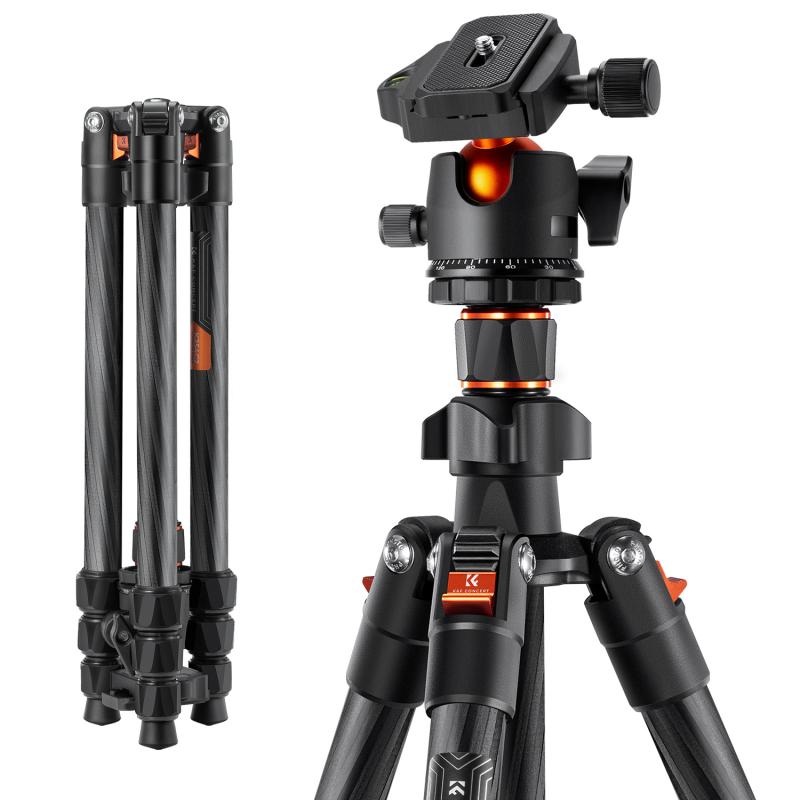
2、 "Electronic Image Stabilization (EIS)"
A speed booster for a camera is an optical adapter that allows you to increase the effective aperture and focal length of a lens. It is typically used in conjunction with mirrorless cameras and allows you to mount lenses designed for larger sensor formats onto cameras with smaller sensors.
The main purpose of a speed booster is to increase the amount of light that reaches the camera's sensor, resulting in brighter and more detailed images. By reducing the focal length of the lens, it also effectively widens the field of view, allowing you to capture more in your frame. This can be particularly useful in low-light situations or when shooting in challenging lighting conditions.
One of the latest advancements in camera technology is Electronic Image Stabilization (EIS). EIS is a software-based technique that helps to reduce camera shake and produce smoother, more stable footage. It works by analyzing the camera's motion and applying corrective algorithms to compensate for any unwanted movement.
EIS is particularly beneficial when shooting handheld or in situations where using a tripod or other stabilizing equipment is not possible. It can help to eliminate the need for additional stabilization tools and allows for more flexibility in capturing footage on the go.
However, it is important to note that while EIS can be effective in reducing camera shake, it may not be as effective as optical image stabilization (OIS) which is built into some lenses or camera bodies. OIS physically moves lens elements to counteract camera movement, resulting in even more stable footage.
In conclusion, a speed booster for a camera is a useful tool for increasing the aperture and focal length of lenses, allowing for brighter and wider shots. Electronic Image Stabilization (EIS) is a recent development in camera technology that helps to reduce camera shake and produce smoother footage, particularly in handheld shooting situations. However, it is important to consider the limitations of EIS compared to optical image stabilization when choosing a stabilization method for your camera.
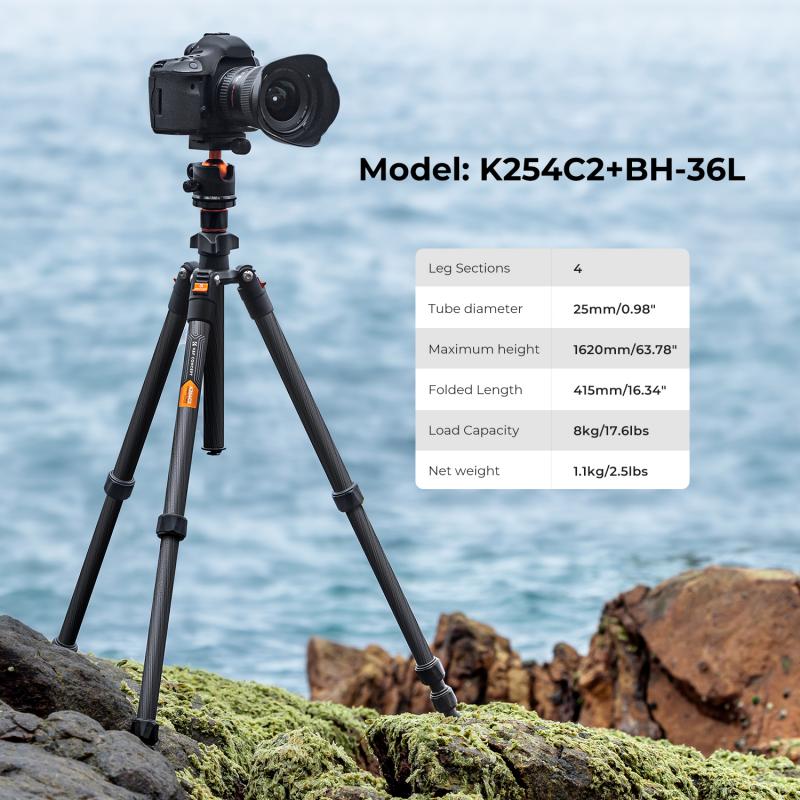
3、 "High ISO Performance"
A speed booster for a camera is an optical adapter that allows you to mount a lens with a larger image circle onto a camera with a smaller sensor. It effectively reduces the focal length of the lens and increases its maximum aperture, resulting in a wider field of view and increased light-gathering capabilities.
One of the key benefits of using a speed booster is its ability to enhance the high ISO performance of a camera. When shooting in low light conditions, a higher ISO setting is often required to capture a properly exposed image. However, increasing the ISO also introduces more noise and reduces image quality. By using a speed booster, the larger aperture allows more light to reach the sensor, enabling you to use a lower ISO setting while still maintaining a fast shutter speed.
In recent years, camera technology has advanced significantly, and many newer camera models have improved high ISO performance. This means that the need for a speed booster may not be as crucial as it once was. However, there are still situations where a speed booster can be beneficial, especially for photographers who frequently shoot in low light environments or require a shallow depth of field.
It is important to note that while a speed booster can enhance the high ISO performance of a camera, it does not magically transform a camera's capabilities. The overall image quality will still be limited by the camera's sensor and other factors such as lens quality and the photographer's technique.
In conclusion, a speed booster for a camera can improve the high ISO performance by allowing more light to reach the sensor, resulting in better image quality in low light conditions. However, with advancements in camera technology, the necessity of a speed booster may vary depending on the specific camera model and the photographer's shooting requirements.
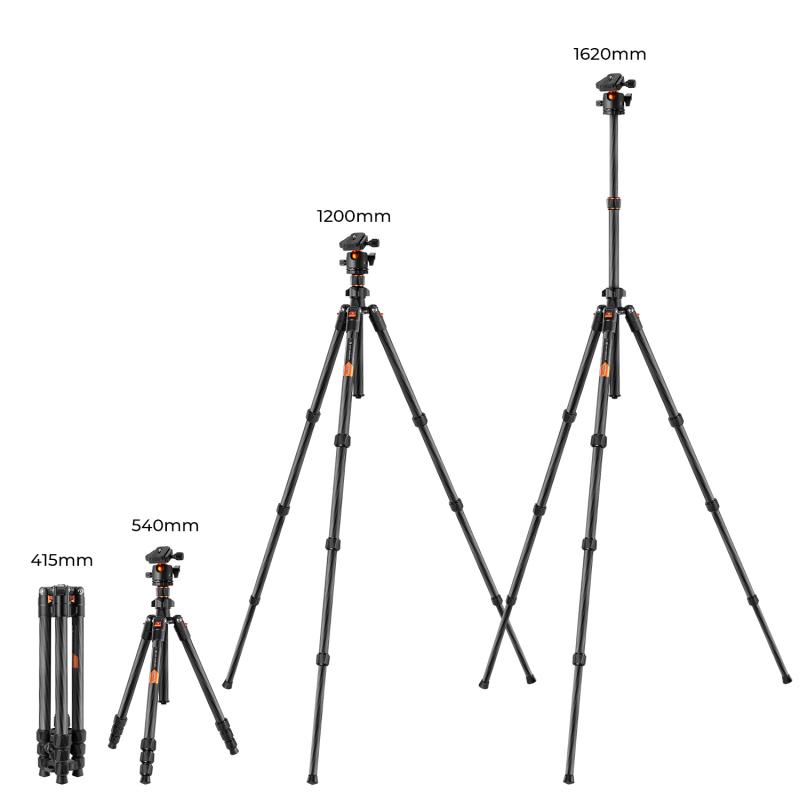
4、 "Fast Autofocus Technology"
A speed booster for a camera is a device that enhances the performance of a camera lens by increasing its maximum aperture and reducing the focal length. This technology is particularly useful for photographers who want to achieve a shallower depth of field and capture more light in low-light conditions.
One of the key features of a speed booster is its ability to improve autofocus speed. Fast autofocus technology is crucial for capturing fast-moving subjects or for shooting in situations where quick and accurate focusing is essential. With a speed booster, the camera's autofocus system can lock onto subjects more quickly and accurately, resulting in sharper and more precise images.
The latest advancements in fast autofocus technology have seen the introduction of advanced algorithms and improved sensor technology. These advancements have allowed cameras to track subjects more effectively, even in challenging lighting conditions or when the subject is moving erratically. Additionally, some cameras now feature hybrid autofocus systems that combine phase detection and contrast detection autofocus for even faster and more accurate focusing.
Furthermore, the integration of artificial intelligence (AI) in camera systems has further improved autofocus performance. AI algorithms can analyze the scene and predict the movement of subjects, allowing the camera to anticipate focus adjustments and track subjects more effectively. This technology has proven to be particularly useful in sports and wildlife photography, where capturing fast-moving subjects is crucial.
In conclusion, a speed booster for a camera enhances the performance of the lens, particularly in terms of autofocus speed. The latest advancements in fast autofocus technology, including improved algorithms, sensor technology, and AI integration, have significantly improved the speed and accuracy of autofocus systems, allowing photographers to capture sharper and more precise images.
